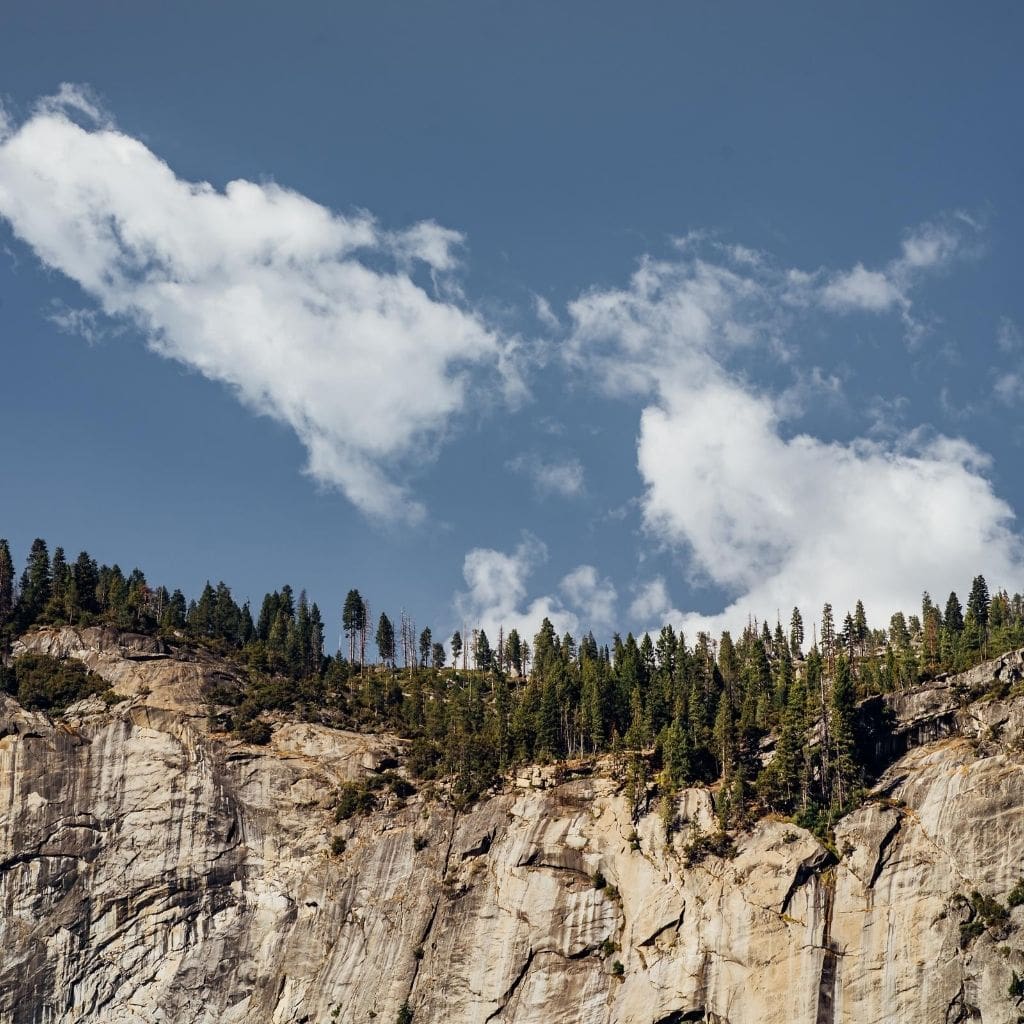A common misconception about trekking at high altitudes is that physical conditions determine the body’s ability to ward off altitude sickness. Hikers may find it harder to find the way, they may have to walk more slowly or they may not be able to walk at all due to altitude sickness. At high altitudes, many things can happen to the human body, such as dehydration, exhaustion, nausea, vomiting, and even death. Sources: 3, 5, 16
Whether you are in the Andes, the Himalayas, the Rocky Mountains, or even Mount Kilimanjaro, this guide will help you prepare for your high altitude adventure. We will list the recommended and most effective preventive measures to be taken to prevent altitude sickness during hikes above 8,000 feet. Sources: 0, 12, 15, 17
Table of Contents
What is Altitude Sickness
According to WebMD, altitude sickness is “a group of symptoms that can strike if you walk or climb to a higher elevation, or altitude, too quickly.” Basically the change in barometric pressure drops as your elevation increases, and there less oxygen becomes available. It is possible to get used to the altitude, which is why acclimatization is critical for high elevation hiking trips. It is important to remember that any time you go above 8,000 feet, you are at risk for altitude sickness and precautions should be taken.
Preparing for Altitude Changes
Before going on your trip, learn how to treat altitude sickness and how best to acclimatize before your trek. When you go hiking at high altitude, you will learn how to handle the ups and downs and the effects of altitude on your body and health. Sources: 2, 9, 10 If you have not spent a lot of time at different altitudes, it may be difficult to anticipate how you’ll react to the change, but also how best to treat yourself.
Acclimatize for Altitude Sickness
If you are travelling from low to high altitudes, choose to drive or walk as much as possible instead of flying, and do not drive or fly directly to your destination if the variance in starting point to ending point is too great. If you are planning a hike to the Rocky Mountain National Park (RMNP), plan to arrive a day or two earlier so that your body can get used to the altitude. A longer stop before the hike gives the body time to acclimatize to altitude a few days before the actual hike to avoid the first symptoms of altitude sickness.Sources: 1, 3, 11
If you plan a very high hike, such as to the summit of the Cotopaxi volcano in Ecuador, you will need to acclimatize your body for days or even weeks. Sources: 6
Medications for Altitude Sickness
Taking medications to prevent altitude sickness is an option and you should talk to your doctor before planning your trip to a high altitude area. If you are hiking at higher altitudes, learn how to deal with altitude sickness and give yourself plenty of time to acclimatize before the hike even if you are planning on taking medication.
Mild Altitude Sickness
If you develop a mild altitude sickness, you should stop climbing upward and return to a lower altitude. If you do not get used to the altitude properly before your hike, you are at a greater risk of developing altitude sickness. Consider a hike in a low-lying region if you are a beginner. A shallow and short hike first may not be what gets you excited, but is the best way to feel out how you’ll react to changes in altitude. Those who do not take the time to properly acclaim before the hike have a higher risk of altitude sickness. Sources: 0, 3, 4, 13
Pro Tip: One of the best ways to fight off altitude sickness is to invest in hiking equipment that is designed exclusively to help you and reduce the likelihood of symptoms that ultimately make climbing and hiking safer and more enjoyable. Sources: 8
When you travel from a lower altitude than sea level to a higher altitude, your body needs time to adapt and acclimatize to the altitude. Giving the body the right time to get used to this altitude difference is one of the most important measures that can be taken against altitude sickness. Being prepared beforehand and knowing what to do if you or your hiking partner gets altitude sickness gives you the tools you need for a safe and successful adventure. Sources: 3, 14, 17
Now that you know what a high altitude hike is, it is helpful to identify the steps you need to take to prepare for it. Sources: 17 And if you’re ready for that trip to the RMNP, check out our guide of top things to do in Denver or learn more about hiking tips for beginners.
Cited Sources
- https://brookearoundtown.com/high-altitude-trekking-a-complete-guide-to-preventing-and-treating-altitude-sickness-in-the-mountains 0
- https://matadornetwork.com/read/prepare-high-altitude-trek/ 1
- https://www.uofmhealth.org/health-library/ug3357 2
- https://www.luxuryestesparkcabins.com/rocky-mountain-national-park-lodging/high-altitude-hiking-tips-for-rocky-mountain-national-park/ 3
- https://www.wildlandtrekking.com/blog/hiking-at-altitude/ 4
- https://www.switchbacktravel.com/nepal/altitude-sickness 5
- https://www.theadventurejunkies.com/how-to-train-for-high-altitude-hiking/ 6
- https://www.oars.com/blog/5-ways-to-avoid-altitude-sickness-on-vacation/ 7
- https://www.ems.com/preparing-for-a-high-altitude-hike-or-climb 8
- https://practicalwanderlust.com/laguna-69-trek-huaraz-peru/ 9
- https://health.clevelandclinic.org/understanding-altitude-sickness-5-best-tips-for-your-next-mountain-trip/ 10
- https://www.tactical.com/prepare-high-altitude-hikes/ 11
- https://www.oxygenplus.com/pages/elevation 12
- https://www.healthline.com/health/altitude-sickess-prevention 13
- https://www.summitmedicalgroup.com/library/pediatric_health/hhg_altitude_sick/ 14
- https://bearfoottheory.com/how-to-prevent-altitude-sickness-hiking/ 15
- https://www.hiking-for-her.com/high-altitude-hiking.html 16
- https://trailandsummit.com/what-is-considered-high-altitude-for-hiking/ 17

